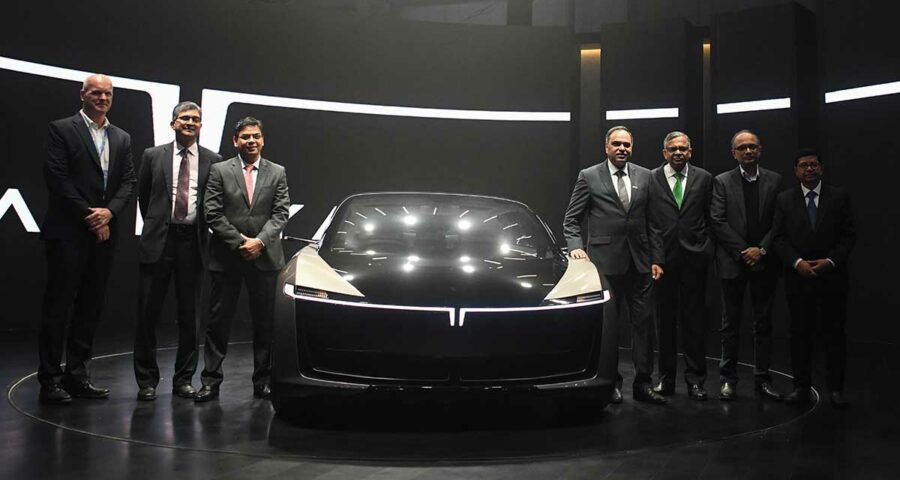Tata Consultancy Services has trained and tested its cloud-based self-driving vehicle platform using over 300,000 kilometres of real time vehicle data across different geographies to help OEMs power their next generation vehicles onto roads.
The geographies included the US, Japan, and Europe, and India.
The Tata group has numerous companies working in the technology space in electric vehicles as well as in the autonomous space.
These include Tata Technologies (which works closely with Tata Motors) and Tata Elxsi, apart from TCS.
TCS has been working with leading global OEMs in Japan, Europe and the US on autonomous and electric vehicles.
In India, it is helping OEMs to launch their electric cars with autonomous features in the domestic market.
Rajendra Chougule, head automotive, centre of excellence, Internet of Things and DE at TCS, told Business Standard that TCS’ algorithms are trained and tested with 300,000 kilometres of real time vehicle data.
“While we have done a few thousand kilometres in India, most of the testing and data collection and analysis has been done in the US, Japan and Europe,” said Chougule.
“Based on our experience for a typical level 3 car that you can drive hands-free, you need to cover more than 1 lakh kilometre in each geography. That is the current standard and is very costly. But TCS has developed a way to generate synthetic data which reduces costs,” added Chougule.
With this technology, for example, TCS tests around 100 kilometres of vehicle data in daylight. It can now create night-time virtual data too through simulation and save costs.
Chougule said India’s self-driving cars are at the ‘level plus 2’ stage. There are already some vehicles on the road.
Industry experts say Tata Motors, Hyundai, M&M, and MG Motors are among the auto companies with electric cars on the roads offering automated emergency braking, lane keep assist facilities, or adaptive cruise control.
Unlike in Europe, Chougule said there is currently no compulsion in India to offer these features on cars as they are not mandatory. But this might change in 2024 if new rules come in.
The point, he added, is that it will take India a while to reach level 3 plus and even longer to reach level 4 which is a fully autonomous car.
As the levels of autonomy increase, so do the number of sensors cars need.
At level 1, around five sensors are needed to collect information which has to be analysed in real time, said Chougule.
At level 2, this rises to 15 sensors.
At level 3 which marks a much higher level of sophistication, a car needs around 25 sensors.
A fully automated car needs 40 sensors.
Clearly, there will be new ways of monetising the vehicle for OEMs as well as application companies.
Chougule said the architecture of the vehicle is such that it is seen as a digital product.
“Customers will pay for the applications that they want. The vehicle operating system will be standard, the platform will be hardware agnostic, and in the top layer will be applications from various players which will provide an array of services.”
“This will provide a new model of monetisation,” Chougule stated. “Lots of players will come into the picture and there will be a huge business with respect to data and data monetisation.
He pointed out that autonomous vehicles will shift from having multiple electronic controllers to handle a vehicle’s functions to just one or two controllers which have very high computing power.
This will also help companies to reduce costs.
“In two wheelers,” Chougule said, “it is sufficient to have one controller but as we move to passenger cars and commercial vehicles, one or two high end processors to handle the entire cockpit will be required.”
Feature Presentation: Ashish Narsale/Rediff.com
Source: Read Full Article

